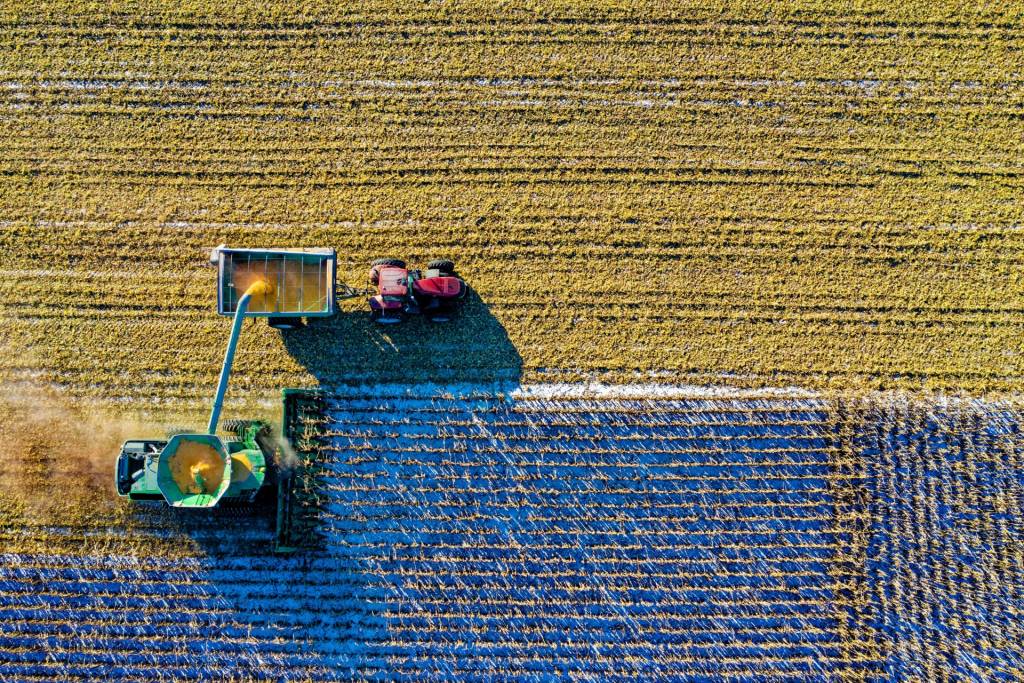Automation has found its way into almost all industries. Many industries have adopted automation to reduce human efforts and boost productivity to meet customer demands. Recently, automated farming robots are being used for various agricultural practices. They minimize the intensive hard work required for farming and save a lot of time.
As a result, the agriculture industry has adapted advanced approaches to tackle different uncertain situations like reducing human errors and costs.
Smart Agriculture
Smart agriculture is based on the use of different technological or artificial intelligence approaches in agriculture.
With the use of these automated farming approaches, it has become easy for farmers to increase their land’s productivity even in the absence of enough labor.
Automated farming robots use artificial intelligence technology and computer vision to increase their efficiency for the effective use of available resources.
Here is how these automated farming robots can totally transform the face of the agriculture industry.
1. Robots for Planting
Planting is a very crucial process in agriculture. It takes several hours of continuous hard work especially planting crops in large sections of farmlands.
Drones and robots can efficiently help in this hectic task. Those robots and drones are helpful in planting seeds on the ground and even from the air.
There is now a planting drone named DroneSeed which is helpful in reforesting large spaces which are of no use because of forest fires. This drone can locate and target the exact area. This can be very productive and ideal for seeding.
These drones use compressed air to spread seeds onto the ideal areas. They eliminate the chances of scattering due to wind.
2. Irrigation Drones
In the agriculture sector, irrigation of fruits and vegetables is very imperative to ensure their healthy production in various cycles. This duty is being performed by farmers for several decades now. The techniques which are used for the irrigation process have stagnated. Due to this reason, irrigation drones are being sought after to minimize the farmer’s burden for irrigation. There is a Drone Agras MG-1 which can easily carry 10 liters of liquid in a single turn. It can irrigate almost 6000 square meters of farmland in less than 10 minutes.
These drones can also decide according to the different specifics of farmland like altitude, plant type, and the changing weather conditions. They can identify the specific sections of farmland that requires much attention. Subsequently, they can satisfy their needs with ease.
3. Harvest Robots
When the harvesting season is in full swing, farmers get ready to perform their hard duties as usual. Undoubtedly, the harvesting season is the most rigorous and tough time in a whole year. It’s the time to get output and a lot depends on the efficiency and accuracy of farmers.
To ease the workload at this crucial juncture, harvest robots offer a huge helping hand. A popular example of a harvesting robot is “Abundant” which is capable of harvesting apples. The use of vacuum technology in this bot plays a huge role in its execution strategy.
There is another example of a harvesting robot called “Agrobot” which specializes in harvesting strawberries. With the use of integrated artificial intelligence technology, this robot keeps track of the fruit’s ripening so that it can accurately harvest them.
4. Weeding Robots
The presence of weeds around newly planted trees is dangerous. Weeds compete for nutrients, light, and available water in the soil.
If neglected for a long time, they affect the plant growth and the availability of other important nutrients. In short, without a proper weeding approach, plants can face lower growth rates and even death in some cases.
Different farming robots help in seeding as well as in weeding. With the use of artificial intelligence and computer vision, these robots maximize their efficiency in the weeding process.
These robots help in applying fertilizers with accuracy. Consequently, has a great impact on the environment and soil of the farmland.
Eco robotics company are actively involved in this work. They have even created robots that operate on solar power to complete their tasks.
5. Robots for Pruning
It’s very important to cut off the superfluous, to prune for better shape and the effective growth of plants. Removing unwanted plant parts is very important throughout the life cycle of plants so that they don’t overgrown.
This step is also very difficult to manage with the use of traditional automation strategies because of the irregular growth patterns of plants.
On the other hand, doing it manually isn’t an easy job, either. Robots like Wall-Ye have the same technology integrated with which they can efficiently inspect grapevines and prune them as well. It ensures every plant is growing in a perfect pattern.
As the green revolution changes the nature of farming, likewise smart revolution has the high potential to change the agriculture industry in good terms for decades to come. According to some reports, the use of robots and drones in agriculture will reach $35 billion in the next five years.
These automated farming robots will also minimize the need for a workforce required to carry out each phase of farming. This will surely result in a boom in the agriculture section for years to come.













